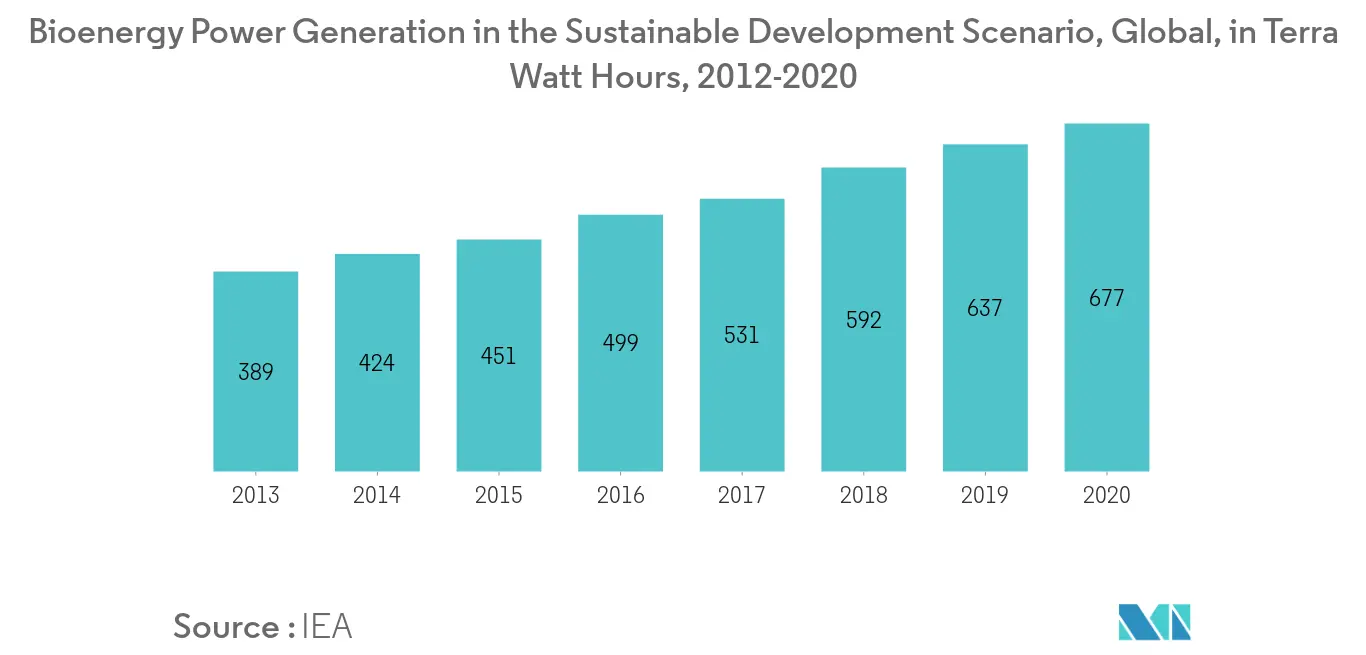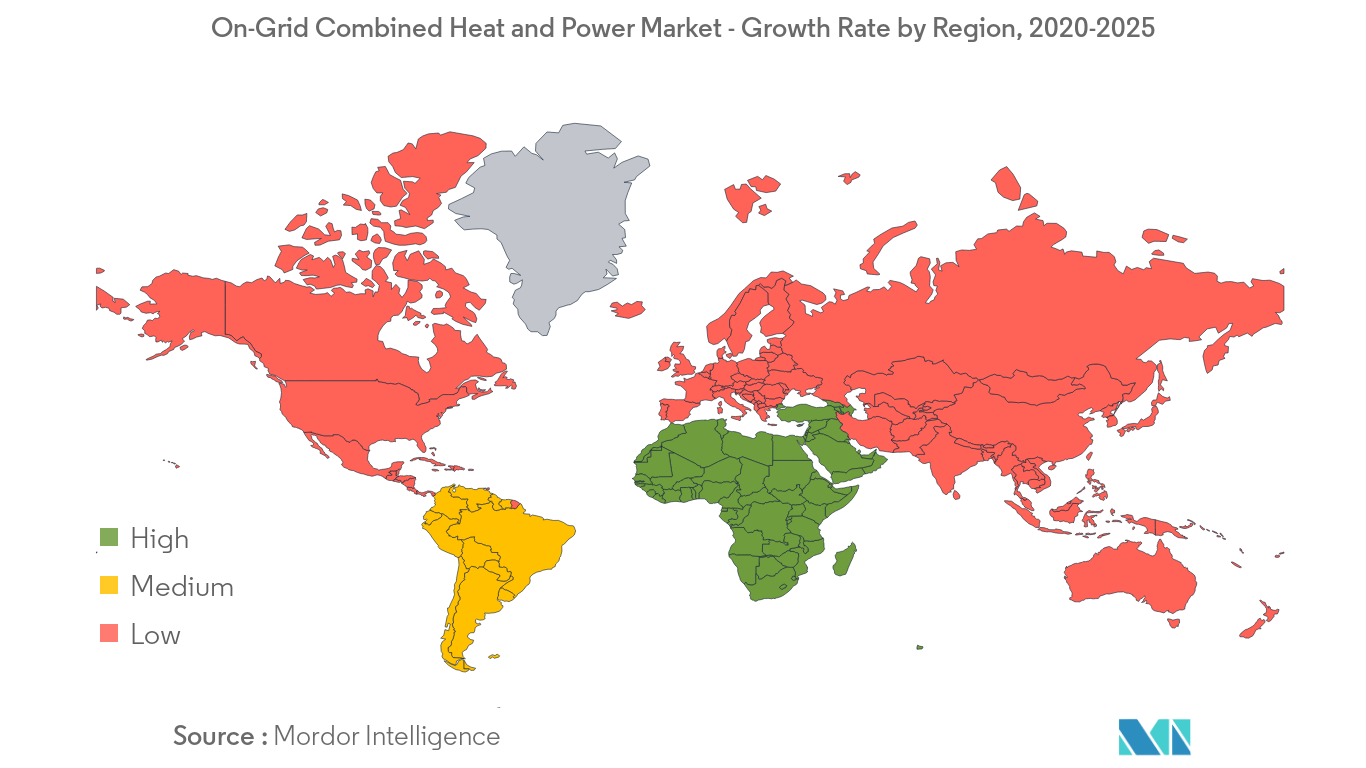Market Trends of On-Grid Combined Heat and Power Industry
This section covers the major market trends shaping the On-Grid Combined Heat & Power Market according to our research experts:
Biomass Based Combined Heat and Power to Witness a Significant Growth
- Over the past few years, the biomass industry has grown significantly. Biomass combustion is a carbon-free process, as the resulting CO2 is previously captured by the plants being combusted. Biomass combined heat and power can be a very useful technology for sites that have a constant demand for both heat and electricity, particularly when the site is off the mains gas grid, and where biomass fuel is readily available.
- In cogeneration mode, the total efficiency may reach 85%-90%. Biomass integrated gasification in gas-turbine plants (BIG/GT) is not yet commercial, but integrated gasification combined cycles (IGCC), using black-liquor (a by-product from the pulp and paper industry), are already in use.
- In September 2018, a biomass-based combined heat and power plant was commissioned in Southwest England, with a generation capacity of 27 MW. The project represented an inward investment of approximately EUR 150 million. The plant's capacity is enough to supply 50,000 homes while saving more than 100,000 metric tons of carbon dioxide annually.The excess power generated by the plant is exported to the local electricity grid.
- Abundant resources and favorable policies are enabling bio-power to expand in Northern Europe, the United States, and countries producing sugarcane bagasse (e.g. Brazil). The proliferation of small projects, including digesters for off-grid applications, is recorded in both OECD and emerging economies.

North America to Dominate the Market
- North America has dominated the on-grid combined heat and power market in 2018 and is expected to continue its dominance in the coming years as well. A reliable and resilient grid is critical to the economic growth and energy security of countries like the United States. As the country’s grid interconnects a growing number of renewable energy sources, such as wind and solar, the intermittent nature of power generation from these sources is creating challenges for power system operations. Electric utilities and other system operators are facing an increasing and immediate need for additional power to keep the electric grid stable and secure.
- Combined heat and power technologies can help manufacturing facilities, federal and other government facilities, commercial buildings, institutional facilities, and communities reduce energy costs and emissions, and provide more resilient and reliable electric power and thermal energy. Combined heat and power systems save the United States 1.8 quads of fuel each year, avoiding 241 million metric ton of CO2 emissions annually.
- As of August 2018, there were 81.3 GWs of combined heat and power installed at more than 4,400 sites around the United States and its territories. There were 111 new combined heat and power installations in the country, representing 554 megawatts of new capacity in 2017. The states with the most new combined heat and power installations were New York (53), New Jersey (10), California (5), and Pennsylvania (5).
- In September 2018, the United States Department of Energy announced the selection of seven projects, which is expected to receive up to USD 10 million toward R&D of technologies. This is likely to enable small and medium-size industries in the country to use combined heat and power systems to provide services to the electric grid.

